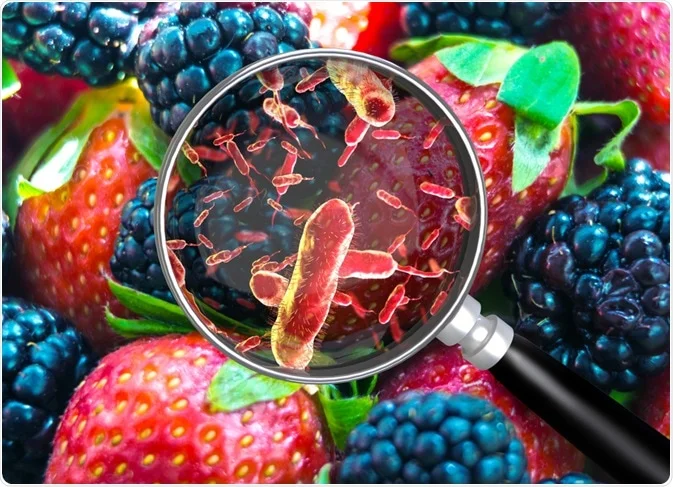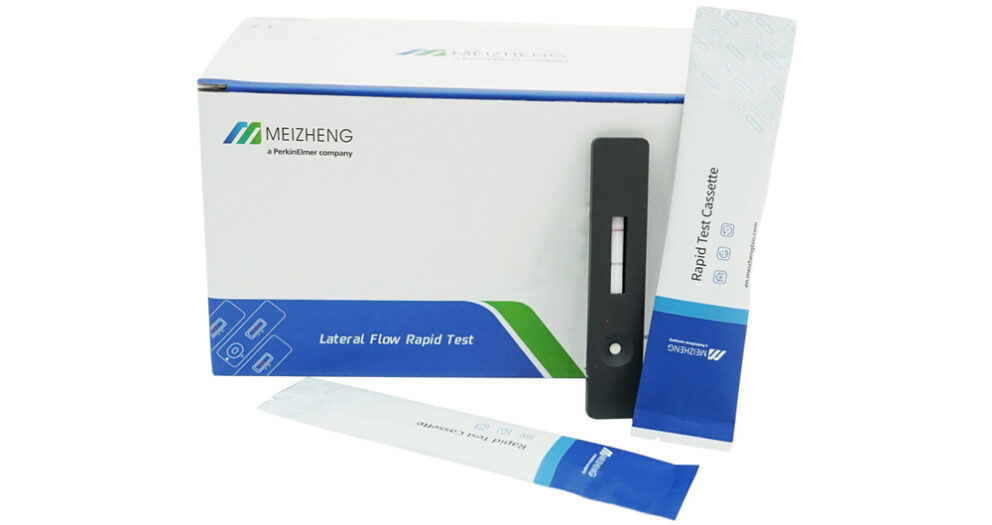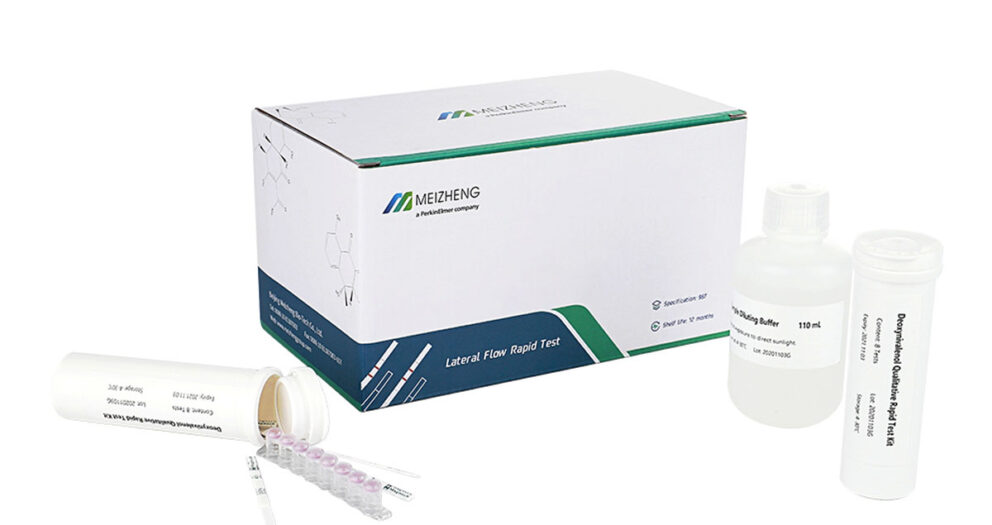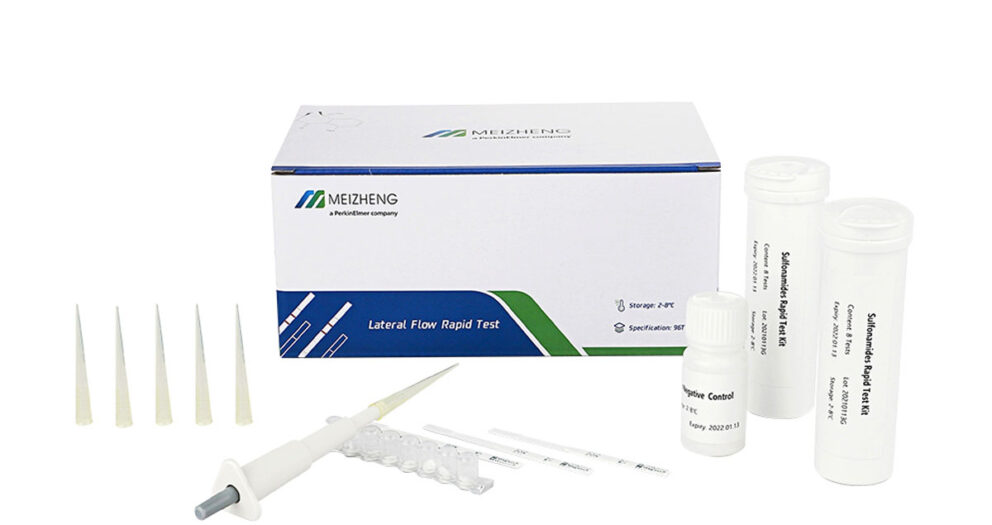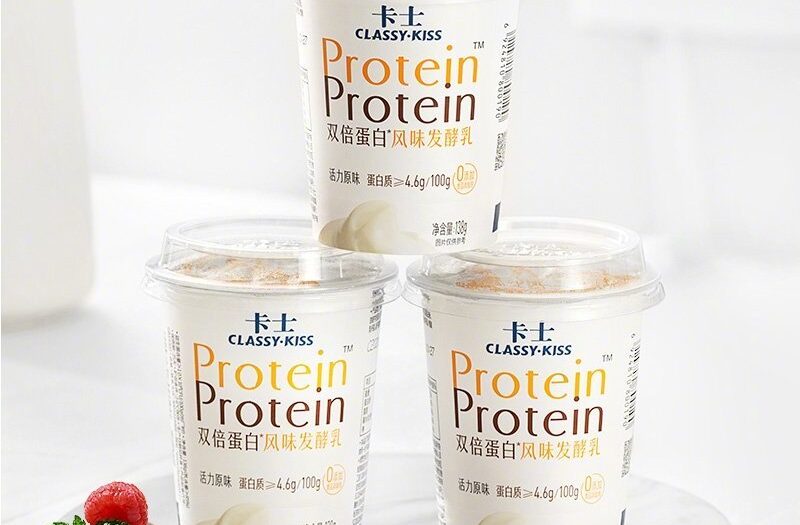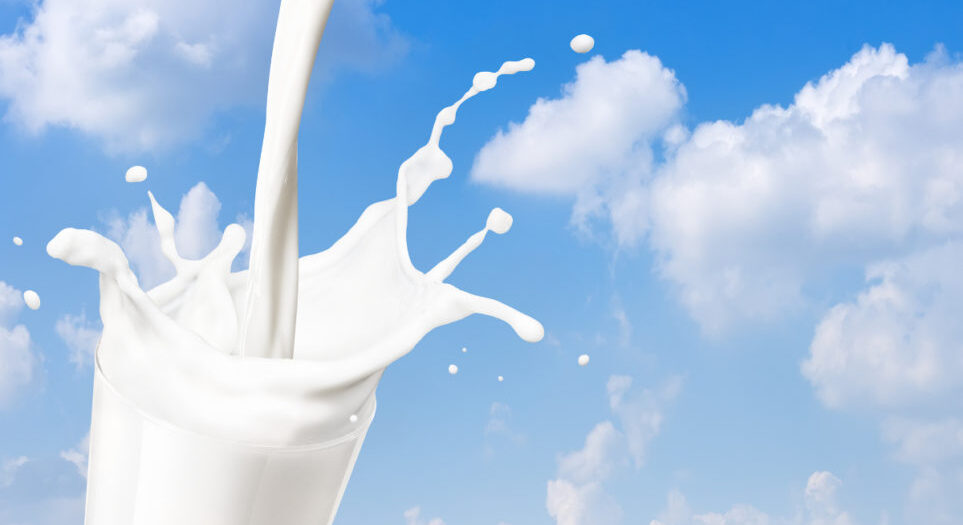Q: What is the implementation principle of “National Food Safety Standard – Limits of Contaminants in Food” (GB 2762-2012)?
The implementation of this standard shall follow the following principles: First, food production enterprises should organize production in strict accordance with laws, regulations and standards, and meet the requirements of food contaminant limit standards; Food producers should take control measures to make the content of contaminants in food reach the lowest possible level; thirdly, focus on the control of contaminants in food raw materials, and reduce and control contaminants in food from the source of food; four It is to encourage production enterprises to adopt stricter control requirements than GB 2762, to strictly manage food safety in the production process, to reduce the content of contaminants in food, and to promote the healthy development of the food industry.
Q: What is the scope of application of “National Food Safety Standards – Limits of Contaminants in Foods” (GB 2762-2012)?
GB 2762 specifies 7 heavy metals such as lead, cadmium, mercury and arsenic, 4 organic pollutants such as benzo[a]pyrene and N-dimethylnitrosamine, and 2 chemically hazardous substances such as nitrite and nitrate Limit regulations for a total of 13 pollutants, involving 22 types of food including fruits and their products, vegetables and their products, edible fungi and their products, grains and their products, beans and their products, algae and their products, nuts and seeds , a total of more than 160 limited indicators have been set.
The food category (name) in Appendix A of GB 2762 standard text is the scope of food to which this standard applies, and this standard does not apply to feed, food additives, food nutritional fortifiers, food-related products, health food, etc. Chemical substances that are intentionally added to food do not meet the definition of contaminants, and their residue limits do not belong to the management scope of GB 2762.
Q: What are food contaminants?
Food contaminants are unintentional chemical hazards that are produced during the process of food production (including crop planting, animal feeding and veterinary medicine), processing, packaging, storage, transportation, sales, and consumption, or are introduced by environmental pollution. substance. my country has separately formulated relevant national food safety standards for pesticide residues, veterinary drug residues, mycotoxins, and radioactive substances in food. Therefore, the new GB 2762 standard does not include pesticide residues, veterinary drug residues, biotoxins and radioactive substances. Limit indicators.
Q: How are contaminant limits in pine mushrooms enforced?
The enrichment of pine mushrooms for pollutants is different from that of general edible fungi, and the relevant limits in GB 2762 are not applicable to pine mushrooms and their products. According to the relevant provisions of the “Food Safety Law”, local standards for food safety related to matsutake mushrooms can be researched and formulated.
Q: How is the limit of pollutants in wolfberry enforced?
The limit of contaminants in wolfberry can be implemented in accordance with the “National Food Safety Standard – Limit of Contaminants in Food” (GB 2762) for berries and other small fruits.
For dried wolfberry products, according to the provisions of GB 2762 Item 3.5 on the conversion of pollutant limits in dried food, the pollutant limit of dried wolfberry products should be converted based on the pollutant limit of fresh wolfberry combined with its processing dehydration rate.
Q: How to implement the cadmium limit in day lily?
In view of the fact that the consumption of daylily by Chinese residents is much lower than that of leafy vegetables and celery, combined with the analysis of the data of cadmium content in daylily, in order to protect the health of consumers to a greater extent, the first session of the National Food Safety Standards Review Committee Pollutant Analysis The sixth meeting of the Committee endorsed the recommendation that the cadmium limit in daylily should be implemented with reference to the cadmium limit in leafy vegetables and celery.
According to the discussion results of the committee, the National Health and Family Planning Commission issued the “Reply Letter of the General Office of the National Health and Family Planning Commission on the Limitation of Cadmium in Daylily” (National Health Office Food Letter [2014] No. 377) in 2014. The cadmium limit is implemented with reference to the cadmium limit in leafy vegetables and celery, that is, the cadmium content in daylily should be less than or equal to 0.2 mg/kg.
Q: How is the limit of chromium in food enforced?
The Codex Alimentarius Commission (CAC), major developed countries and my country’s contaminant formulation principles are to only set limit standards for hazardous substances that may pose a greater public health risk, and the foods involved in the limit standards should be the dietary exposure of consumers. Foods that have a bigger impact. The contaminant limit standard is not the basis for judging the background content of a certain chemical substance in food, nor is it suitable for judging whether there are illegal activities such as illegal addition.
Regarding chromium pollution in food, CAC, the United States, Japan, Australia, New Zealand and Taiwan do not stipulate the limit of chromium in food; the European Union only stipulates the limit of chromium in gelatin and collagen; Hong Kong SAR of my country stipulates the limit of chromium in cereals, vegetables, fish and crabs , oysters, prawns, shrimp, animal meat and poultry meat in the limit of chromium. According to food safety risk assessment, my country has stipulated the limit of chromium in some foods in GB 2762, involving grains and their products, vegetables and their products, beans and their products, meat and meat products, aquatic animals and their products, etc. 6 The major categories of food have basically covered the main sources of dietary chromium exposure due to natural contamination.
For possible chromium pollution in gelatin, according to the “National Food Safety Standard for Food Additives Gelatin” (GB 6783-2013), animal bones, skins, tendons, tendons and scales can be used as raw materials for edible gelatin. The standard also stipulates The limit of chromium is ≤2mg/kg. Therefore, for products using gelatin, the content of chromium in gelatin and other food raw materials should comply with the provisions of GB 6783 and GB 2762. The content and source of chromium in the final product can be comprehensively analyzed and searched according to the provisions of GB 2762 and GB 6783.
View more food test kits.


